The importance of machine risk analysis in industrial safety
Machine risk analysis is a systematic process used to identify, assess, and mitigate risks associated with industrial machinery. This critical safety measure is designed to prevent accidents and ensure the well-being of employees, while also safeguarding the machinery itself. In an industry where precision and reliability are paramount, understanding the potential hazards and implementing strategies to manage them is essential.
The concept of machine risk analysis has evolved significantly over the years, with technological advancements and increased awareness of workplace safety driving its development. Today, it is an integral part of industrial operations, reflecting the industry's commitment to safety and efficiency.
Key Components of Machine Risk Analysis
The first step in machine risk analysis is to identify potential hazards that could cause harm. This involves a thorough examination of the machinery and the environment in which it operates.
Once hazards have been identified, the next step is to assess the level of risk they pose. This includes considering the likelihood of occurrence and the potential severity of the outcome.
Risk evaluation involves determining whether the level of risk is acceptable or if it requires further intervention. This step helps prioritize risk control measures based on the severity and likelihood of the hazards.
Implementing risk control measures is crucial to mitigate identified risks. This can range from engineering controls to administrative policies and personal protective equipment.
Benefits of Conducting Machine Risk Analysis
Conducting a machine risk analysis is foremost about protecting human life and well-being. By identifying and mitigating risks, the safety of workers operating or working near machinery is significantly enhanced.
Adhering to safety regulations is not only a legal requirement but also a moral one. Machine risk analysis ensures compliance with national and international safety standards, helping avoid legal repercussions and fines.
By preventing accidents and equipment failure, machine risk analysis contributes to a reduction in operational costs. This includes savings from avoiding production downtime, equipment repairs, and compensation claims.
Regular risk analysis leads to better maintenance and operation of machinery, which in turn improves performance and reliability. This is crucial for maintaining a competitive edge in the industrial sector.
Machine Risk Analysis in the Context of Industrial Automation
Automated systems bring a new level of complexity to machine risk analysis. The interconnectivity and sophistication of these systems require specialized knowledge to accurately identify and assess risks.
Integrating machine risk analysis with existing safety protocols ensures a comprehensive approach to industrial safety. This is particularly important in automated environments where traditional safety measures may not suffice.
Technological advancements have led to the development of advanced techniques for conducting machine risk analysis. These methods provide a more detailed and accurate assessment of potential hazards.
Implementing Machine Risk Analysis: Best Practices
Engaging with experts in the field of machine risk analysis, such as those at ENERGIATEHNIKA OÜ, ensures that the process is conducted accurately and effectively. Their expertise can guide the implementation of best practices and state-of-the-art solutions.
Machine risk analysis is not a one-time activity. Continuous monitoring and periodic review of risk assessments are necessary to adapt to changes in the operating environment and technology.
Training employees on the importance of risk analysis and involving them in the process fosters a culture of safety and ensures that everyone is aware of the risks and the measures in place to control them.
Proper documentation and record keeping are essential components of machine risk analysis. They provide a clear audit trail for compliance purposes and help in the continuous improvement of safety measures.

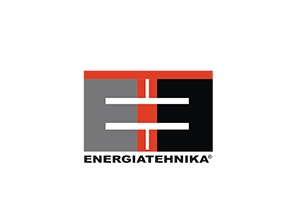
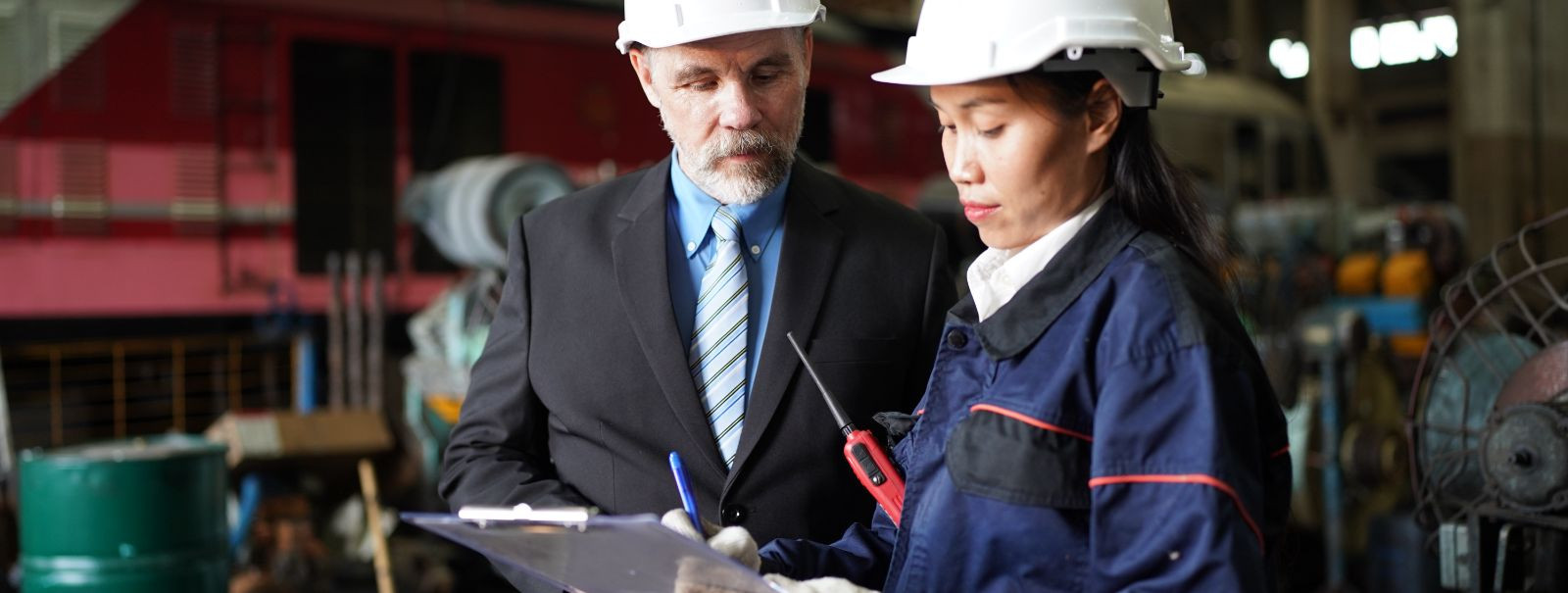


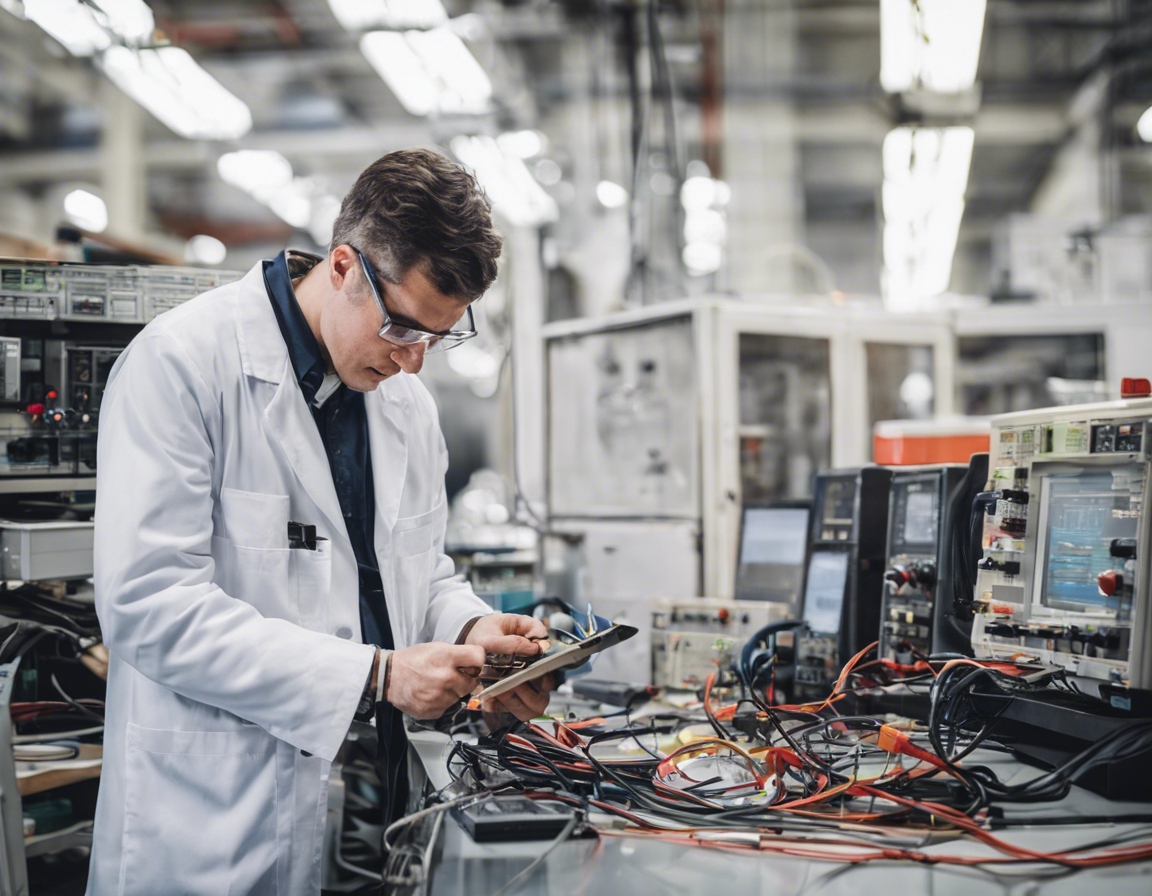
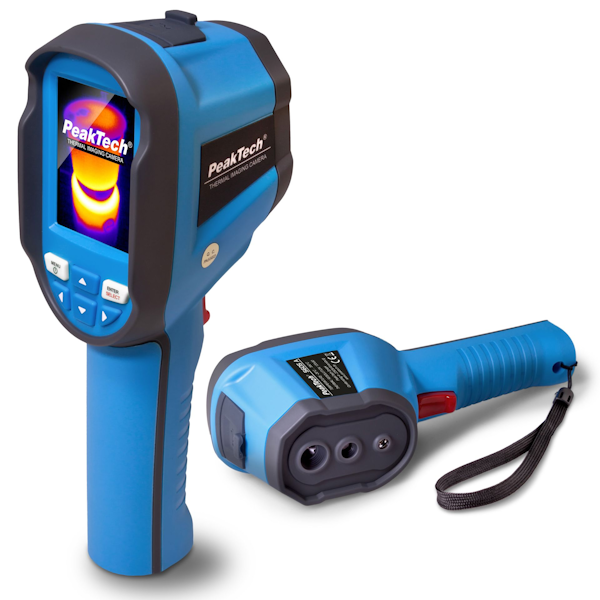
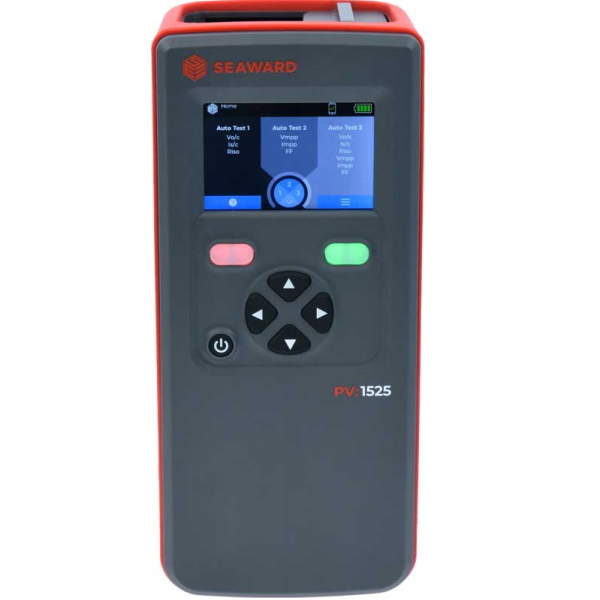
Comments (0)